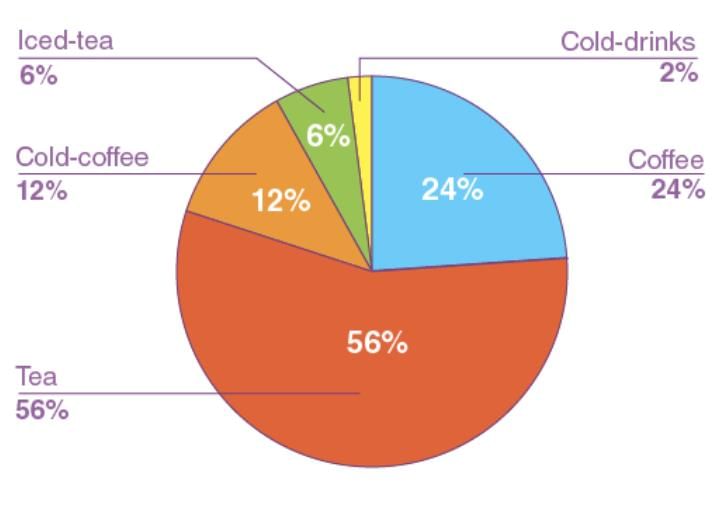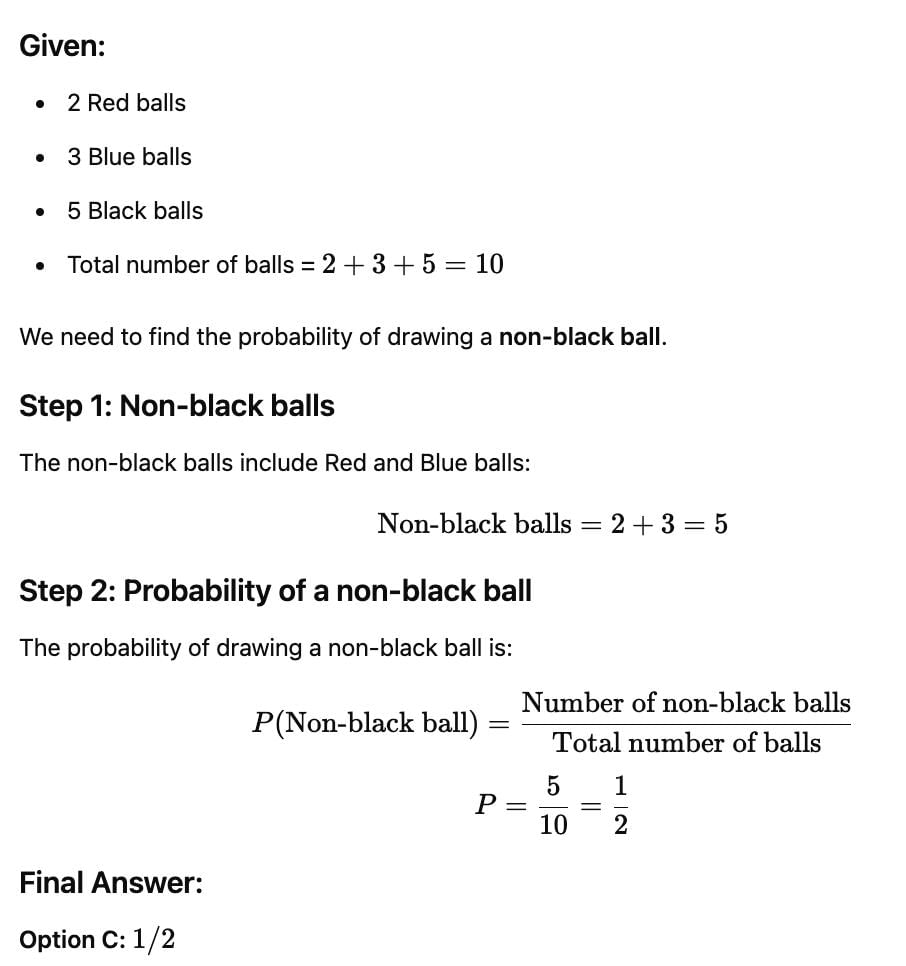Class 8 Exam > Class 8 Tests > Mathematics (Maths) Class 8 > Test: Data Handling- 1 - Class 8 MCQ
Test: Data Handling- 1 - Class 8 MCQ
Test Description
10 Questions MCQ Test Mathematics (Maths) Class 8 - Test: Data Handling- 1
Test: Data Handling- 1 for Class 8 2025 is part of Mathematics (Maths) Class 8 preparation. The Test: Data Handling- 1 questions and answers have been
prepared according to the Class 8 exam syllabus.The Test: Data Handling- 1 MCQs are made for Class 8 2025 Exam. Find important
definitions, questions, notes, meanings, examples, exercises, MCQs and online tests for Test: Data Handling- 1 below.
Solutions of Test: Data Handling- 1 questions in English are available as part of our Mathematics (Maths) Class 8 for Class 8 & Test: Data Handling- 1 solutions in
Hindi for Mathematics (Maths) Class 8 course. Download more important topics, notes, lectures and mock
test series for Class 8 Exam by signing up for free. Attempt Test: Data Handling- 1 | 10 questions in 10 minutes | Mock test for Class 8 preparation | Free important questions MCQ to study Mathematics (Maths) Class 8 for Class 8 Exam | Download free PDF with solutions
Test: Data Handling- 1 - Question 1
There are 2 Red, 3 Blue and 5 Black balls in a bag. A ball is drawn from the bag without looking in to the bag. What is the probability of getting a non-black ball?
Detailed Solution for Test: Data Handling- 1 - Question 1
Detailed Solution for Test: Data Handling- 1 - Question 2
Detailed Solution for Test: Data Handling- 1 - Question 3
Detailed Solution for Test: Data Handling- 1 - Question 4
Detailed Solution for Test: Data Handling- 1 - Question 5
Detailed Solution for Test: Data Handling- 1 - Question 6
Test: Data Handling- 1 - Question 7
18 out of 36 people love reading, so reading in the pie chart will be represented by
Detailed Solution for Test: Data Handling- 1 - Question 7
Test: Data Handling- 1 - Question 8
If the total number of people are 400 then how many of them like tea?

Detailed Solution for Test: Data Handling- 1 - Question 8
Detailed Solution for Test: Data Handling- 1 - Question 9
Test: Data Handling- 1 - Question 10
The following pie chart represents the distribution of proteins in parts of a human body. What is the ratio of distribution of proteins in the muscles to that of proteins in the bones?

Detailed Solution for Test: Data Handling- 1 - Question 10
|
87 videos|455 docs|31 tests
|
Information about Test: Data Handling- 1 Page
In this test you can find the Exam questions for Test: Data Handling- 1 solved & explained in the simplest way possible.
Besides giving Questions and answers for Test: Data Handling- 1, EduRev gives you an ample number of Online tests for practice






















